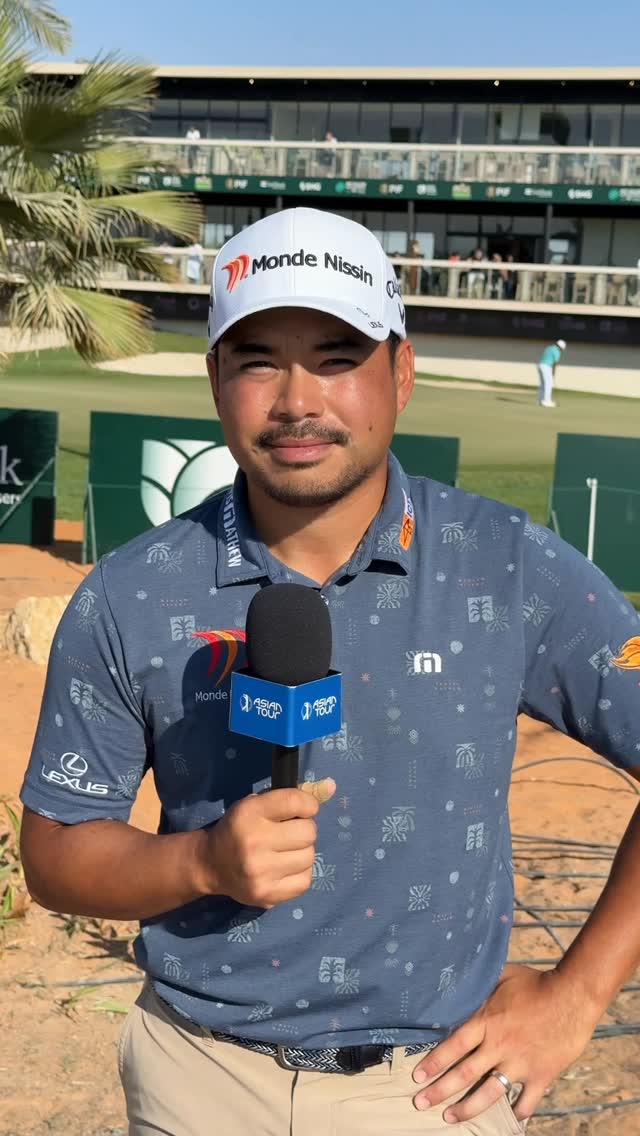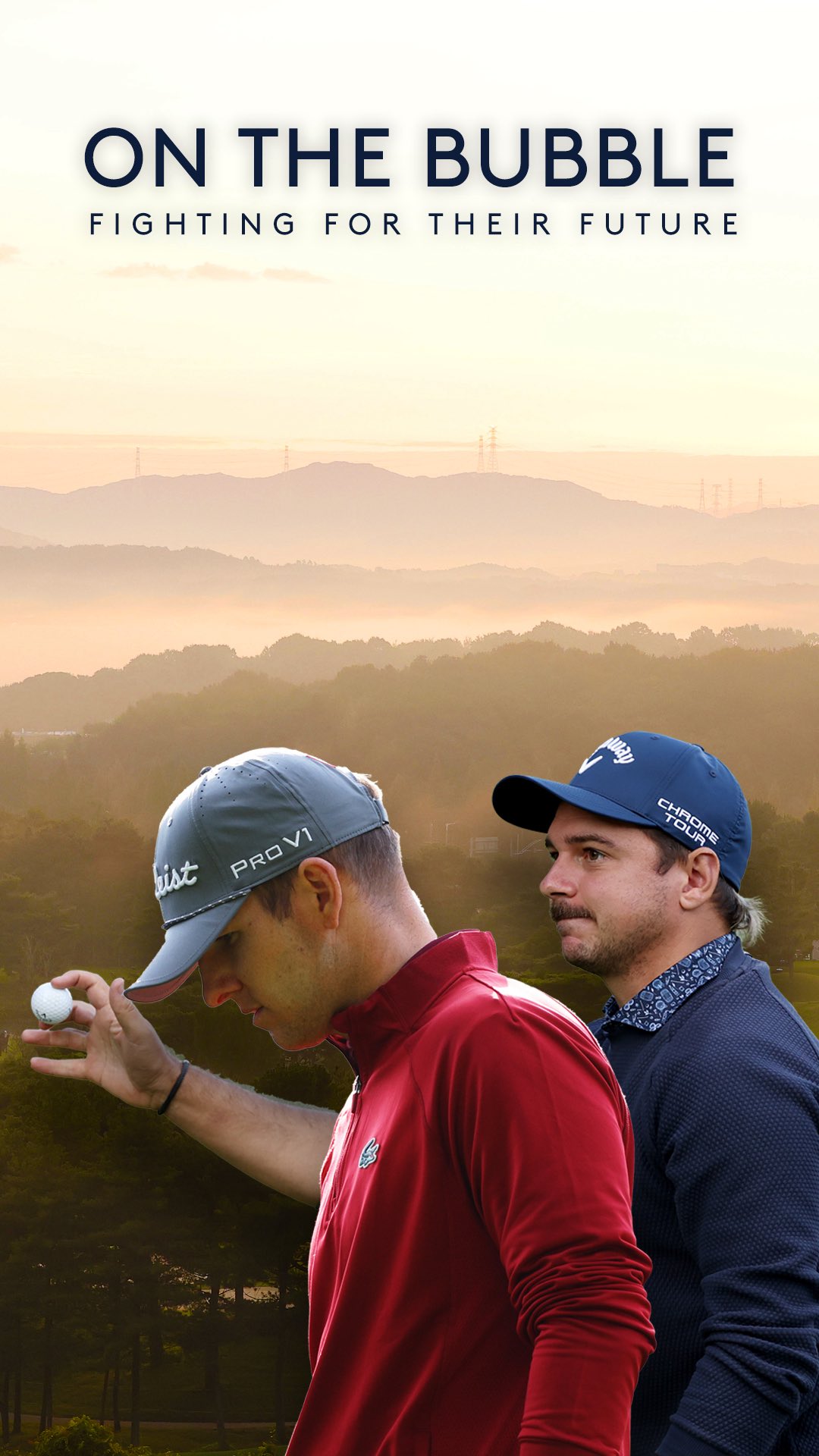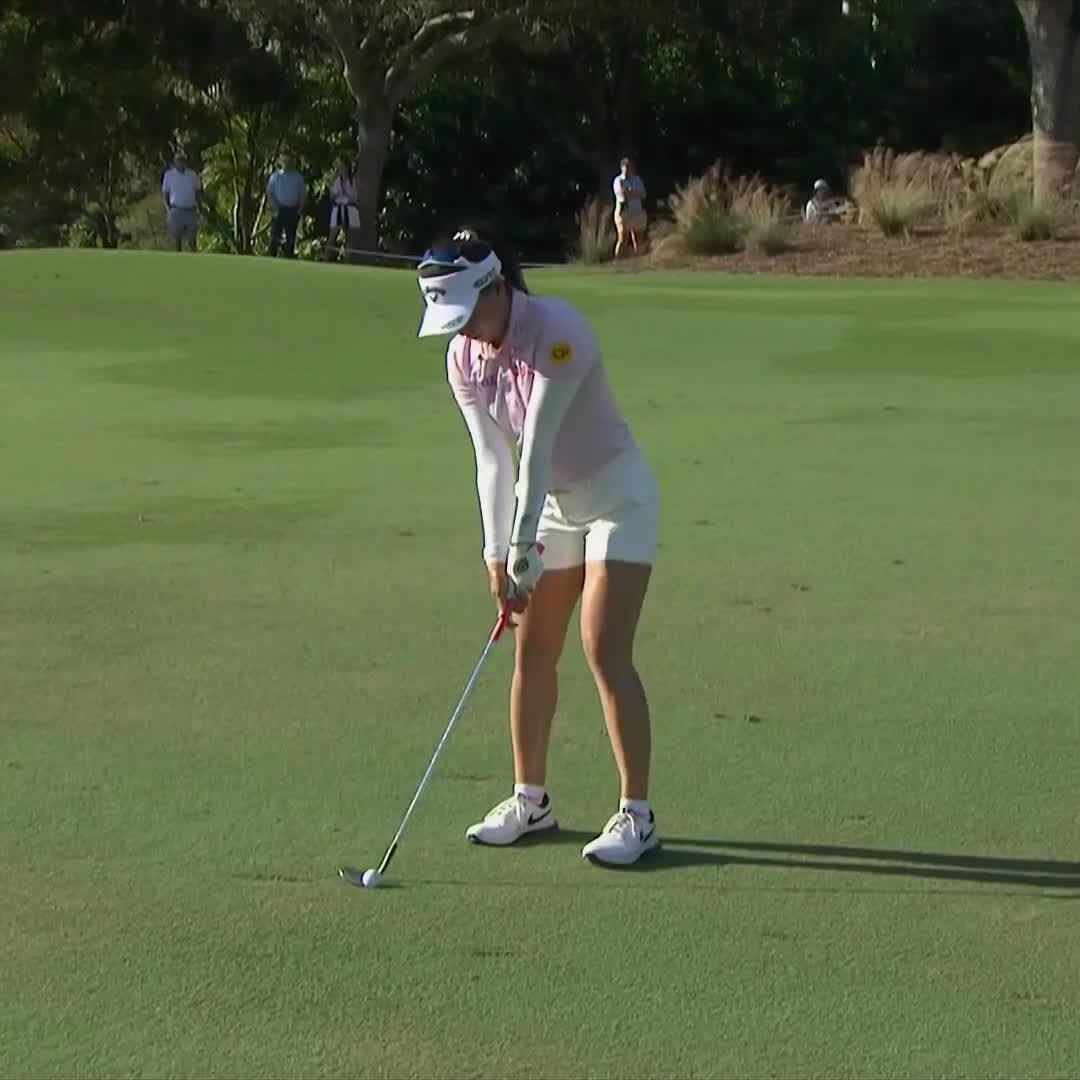Miguel Tabuena is gearing up for a crucial final round, sharing insights into his preparation and mindset ahead of the decisive day. The Filipino golfer emphasizes focus and confidence as key elements in his approach.


Miguel Tabuena is gearing up for a crucial final round, sharing insights into his preparation and mindset ahead of the decisive day. The Filipino golfer emphasizes focus and confidence as key elements in his approach.

Dawn of a new era is upon Asian professional golf as the Asian Tour steps into the spotlight with renewed ambition and energy. The tour is positioning itself as a key platform for golf talent across Asia, aiming to elevate the sport’s profile and competitive standards.

Thailand’s Jinny Thetikul clinched a well-deserved victory at the conclusion of the strongest women’s golf championship to date. The competition showcased top-level talent and intense excitement throughout the event.
Tyrrell Hatton’s performance at the PIF Saudi International offers a candid glimpse into the mental and physical demands of tournament golf. In just 45 seconds, the reel captures his intense focus and determination on the course, highlighting the less glamorous but crucial aspects of professional play.
Sleek swinging with Charley brings a fresh look at golf technique and style, showcasing precision and fluidity on the course.

Players on the brink fight to keep their dreams alive – and their playing rights for next season. The pressure is immense as golfers battle to secure their status on the DP World Tour, with every stroke potentially deciding their future.

Sei Young Kim narrows the gap to just three strokes in the CME Group Tour Championship, showcasing her strong form at the Tiburón Golf Club in Naples, Florida. The South Korean golfer’s impressive performance puts pressure on the leader as the LPGA season finale unfolds.

Jeeno Thitikul showcased remarkable skill at the CME Group Tour Championship, sinking her eighth birdie of the day in a display of impressive form. The tournament, held at the Tiburón Golf Club in Naples, Florida, is the season finale of the LPGA Tour and attracts top talent competing for the final standings.
The LPGA Tour is wrapping up its season with the prestigious CME Group Tour Championship at the Tiburón Golf Club in Naples, Florida. Known for its two challenging 18-hole courses, The Gold and The Black, both designed by Greg Norman, Tiburón has become a staple venue for high-profile golf events.

Jeeno Thitikul takes the solo lead at the CME Group Tour Championship with another impressive birdie, showcasing her strong form as the LPGA season finale unfolds in Naples, Florida.